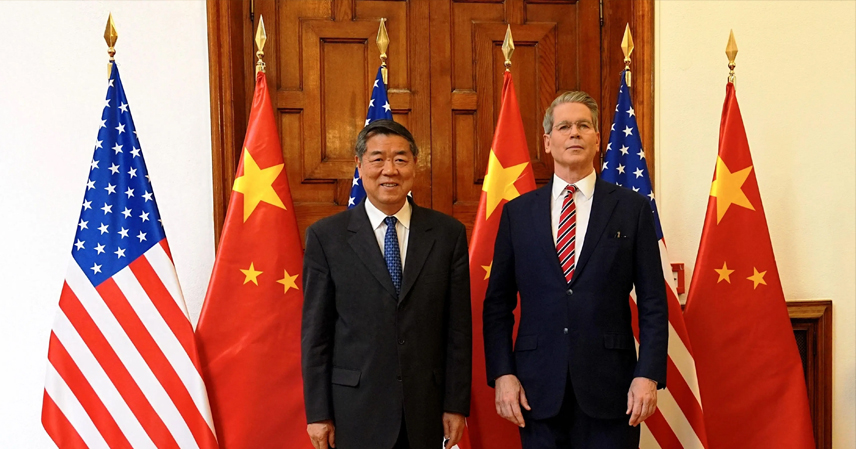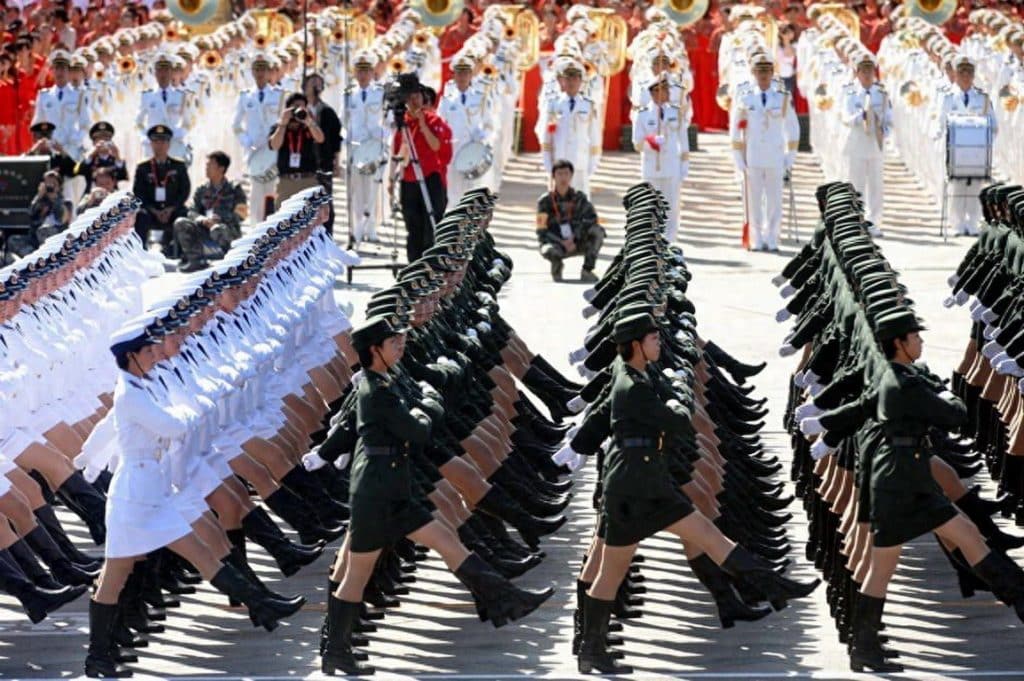On October 26, the fifth round of US-China trade negotiations took place in Kuala Lumpur, Malaysia. Chinese Vice Premier He Lifeng emphasized the importance of mutual understanding, stating that both sides should “work toward each other, further build trust, and manage differences.”
Key Discussion Points
This round of talks focused on several critical issues: US maritime logistics and shipbuilding 301 measures, extension of the so-called mutual tariff suspension period, fentanyl tariffs and enforcement cooperation, agricultural trade, and export control regulations.
Chinese Deputy Minister and International Trade Negotiator Li Chenggang reported that both sides engaged in in-depth and candid discussions, reaching a preliminary consensus. The joint statement indicated that “both parties agreed to further determine specific details and carry out domestic approval procedures.”
US Position and Negotiation History
Li also noted that the US has consistently maintained a tough stance since the first round in Geneva, continuing through London, Stockholm, and Madrid. US negotiators often employed double-sided tactics, making concessions uncertain. While China aims for stable relations, the realities remain challenging.
Looking at the negotiation locations, some observers have noted symbolic interpretations in their Chinese names: Geneva (“瓦”) suggesting resilience, London (“敦”) implying urging or vigilance, Stockholm (“摩”) evoking friction or readiness, Madrid sparking mixed associations, and now Kuala Lumpur evoking tense historical battle imagery. These metaphorical interpretations highlight the cautious expectations surrounding the talks.
Challenges and Strategic Outlook
Between previous rounds, the US frequently engaged in actions that disrupted progress. For example, Treasury Secretary Janet Yellen has publicly criticized Chinese representatives. Despite this, China has maintained a diplomatic and constructive approach, continuing dialogue without expecting major concessions from US negotiators.
China now has sufficient leverage to challenge US dominance in certain sectors. However, the US approach has often been inconsistent, with limited willingness to negotiate on fair terms. Consequently, discussions on tariffs, fentanyl, and export controls are likely to remain ongoing. While some topics, like export controls, are more substantive, others, such as tariffs and fentanyl, have historically been used by the US as negotiation leverage rather than points for equitable discussion.
Maintaining Stable Relations
Maintaining normal diplomatic relations without extreme confrontations is considered a practical approach. Where the US applies pressure, China can respond assertively; in mutually agreeable areas, trade cooperation can continue, while contentious issues can be paused or delegated to the private sector.
Observers often claim that “US-China relations can never return to the past,” reflecting the broader global shifts. Constructive engagement is desired, but only mutual effort can create a new era of equal and mutually beneficial relations. Patience and steady diplomacy remain essential.
Conclusion
The Kuala Lumpur talks illustrate the complex and cautious nature of US-China trade negotiations. While preliminary agreements on some issues have been reached, ongoing differences require careful management. Stability, dialogue, and strategic patience are key to building a balanced bilateral relationship in the years ahead.



